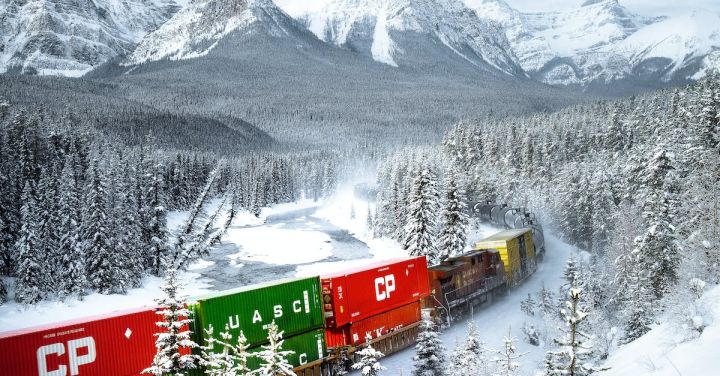Trains have always held a certain allure in the world of cinema. From their powerful engines to their rhythmic chugging, trains have captivated audiences for decades. In fact, trains have been featured in numerous Oscar-winning movies, adding a touch of nostalgia and grandeur to these iconic films.
One such film is “Gone with the Wind,” the 1939 epic that took home eight Academy Awards, including Best Picture. In this sweeping tale set during the American Civil War, trains play a significant role in transporting characters and conveying the passage of time. The image of Scarlett O’Hara standing at the train station, desperately trying to catch the departing train, has become an iconic cinematic moment.
Another Oscar-winning film that prominently features trains is “The Bridge on the River Kwai” (1957). Set in a Japanese prisoner-of-war camp during World War II, the film follows the story of British soldiers who are forced to build a bridge for their captors. Trains symbolize the connection between captors and captives, as well as the hope for escape. The climactic scene, where the bridge is blown up as a train crosses it, is a visually stunning moment that earned the film seven Academy Awards, including Best Picture.
In more recent years, the 2013 film “12 Years a Slave” won three Oscars, including Best Picture. Based on the true story of Solomon Northup, a free African-American man who was kidnapped and sold into slavery, the film uses trains as a recurring motif. Trains represent the harsh reality of the slave trade, transporting enslaved people from one location to another. The sight of Solomon and his fellow captives boarding a train is a haunting reminder of the cruelty and inhumanity they endured.
Trains also play a prominent role in the 2017 film “Darkest Hour,” which earned Gary Oldman an Academy Award for his portrayal of Winston Churchill. Set during World War II, the film depicts Churchill’s struggle to rally the British people against the threat of Nazi invasion. Trains symbolize the movement of troops and supplies, as well as the urgency of the war effort. In one memorable scene, Churchill rides a train through the countryside, reflecting on the weight of his decisions and the fate of the nation.
These examples demonstrate the enduring appeal of trains in Oscar-winning movies. Whether they represent escape, connection, or the harsh realities of war and slavery, trains add a layer of depth and symbolism to these acclaimed films. Their presence on the silver screen evokes a sense of nostalgia and adventure, transporting audiences to different times and places.
In conclusion, trains have played a significant role in numerous Oscar-winning movies. From “Gone with the Wind” to “Darkest Hour,” trains have symbolized everything from hope and escape to the harsh realities of war and slavery. Their presence adds a touch of grandeur and nostalgia to these iconic films, captivating audiences and earning them a place in cinematic history.
